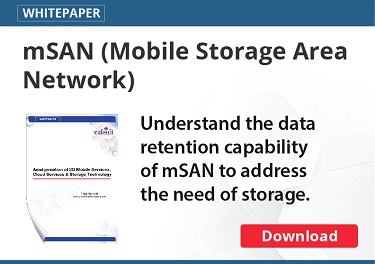Before we move ahead let’s get an understanding about Network Function Virtualization (NFV).
What is Network Function Virtualization (NFV)?
A basic definition of Network Functions Virtualization (NFV) states that it is a type of network architecture that virtualizes different network node functions into building blocks which may connect, or chain together, to form a communication service. Primarily it separates network services like (network address translation (NAT), firewalling, intrusion detection, domain name service and caching) from the hardware that delivers them. With the help of NFV we can deliver these services through software and can deploy on non-critical general purpose appliances. This helps enterprises in designing and managing a lot more flexible network services.
 NFV – Since Inception
NFV – Since Inception
Networking community was looking to reduce cost and accelerate the roll out of profitable networking services. Expensive and complex hardware-based network appliances, were limiting their ability to consolidate functionality and quickly try new services.
Networking experts wanted to use the virtualization technology to deploy network functionality even from remote locations making it minimally dependent on the capability or topology of a specific appliance. Their idea was to free the network services from the hardware.
Why NFV?
Over the past two decades, we have witnessed lots and lots of innovation in the networking devices which we use to communicate, access applications and services. We rely heavily on the computing and storage solutions to save all the “big data” generated by us. However, we have absolutely forgotten the underlying network that connects all of these. There has been virtually no change in that. With the number of people using such devices and generating huge amount of data every second; the networks are stretching to its limits. Enhancing and customizing the hardware is an expensive, complex, and is a monolithic system.
Hence enterprises are now realizing the need and benefits of Network Function Virtualization (NFV) and are focusing on off-the-shelf hardware or whitebox networking and are shifting networking to software.
Evolution of NFV
In January 2013, a group of people from European Telecommunications Standards Institute’s (ETSI) came together and created the Industry Specification Group (ISG) for NFV. Since then this group is working on to develop the requirements and architecture of virtualized network functions in a telecommunication’s network. In September, 2014, the Linux Foundation launched the Open Platform for NFV Project (OPNFV), an open source, carrier-grade integrated platform that focuses on bringing new NFV products and services to the industry faster.
NFV Trends
Finally, we have started seeing some of the outcomes of the efforts put in by the networking industry. In 2015, we saw a good number of proof of concepts being trialed within enterprise and provider environments to address business use cases. I hope this will continue and will stay for long. All the very best to NFV and Networking Industry.
To know more email: marketing@calsoftinc.com
Calsoft NFV Expertise
Calsoft has deep expertise in various NFV tools and technologies. We have helped networking ISVs in design, development, deployment, testing and support of various NFV technologies.






